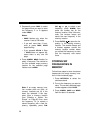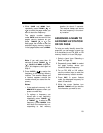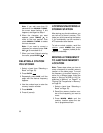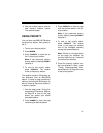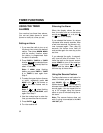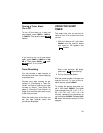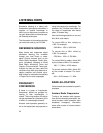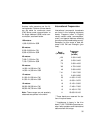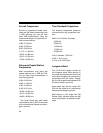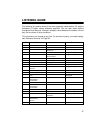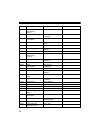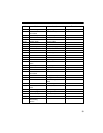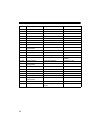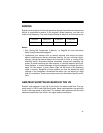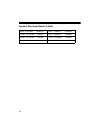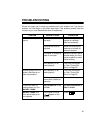
36
Aircraft Frequencies
Aircraft on international routes some-
times use SW. Most transmissions are
in SSB, although you can still hear
some MW transmissions. Here are
some bands where you might hear air-
craft communications.
4,650–4,750 kHz
6,545–6,765 kHz
8,815–9,040 kHz
11,175–11,400 kHz
13,200–13,360 kHz
15,010–15,100 kHz
17,900–18,030 kHz
Ships and Coastal Station
Frequencies
Most transmissions from ships and
coastal stations are in SSB and CW.
You can hear these transmissions in
the following bands.
2,000–2,300 kHz
*
4,063–4,139 kHz
4,361–4,438 kHz
8,195–8,181 kHz
12,330–12,420 kHz
13,107–13,200 kHz
16,460–16,565 kHz
*
The Coast Guard and small boats
use this band, with 2,182 kHz set aside
as the international distress and emer-
gency channel.
Time Standard Frequencies
The following frequencies announce
the exact time of day at specified inter-
vals.
WWV in Fort Collins, Colorado:
2,500 kHz
5,000 kHz
10,000 kHz
15,000 kHz
20,000 kHz
CHU in Canada: 7,335 kHz
VNG in Australia:
4,500 and 12,000 kHz
Longwave Band
The 150–519 kHz range is known as
the longwave band. Most stations in
this range serve as beacons for aircraft
and marine navigation by continuously
transmitting their call letters. Recep-
tion for this range is best between 6:00
PM and midnight (your time).
Some ships also use this range, with
500 kHz set aside as an international
distress and emergency station.
Most stations in this range use CW
(Morse code), although some use AM
voice transmission for weather broad-
casts.



